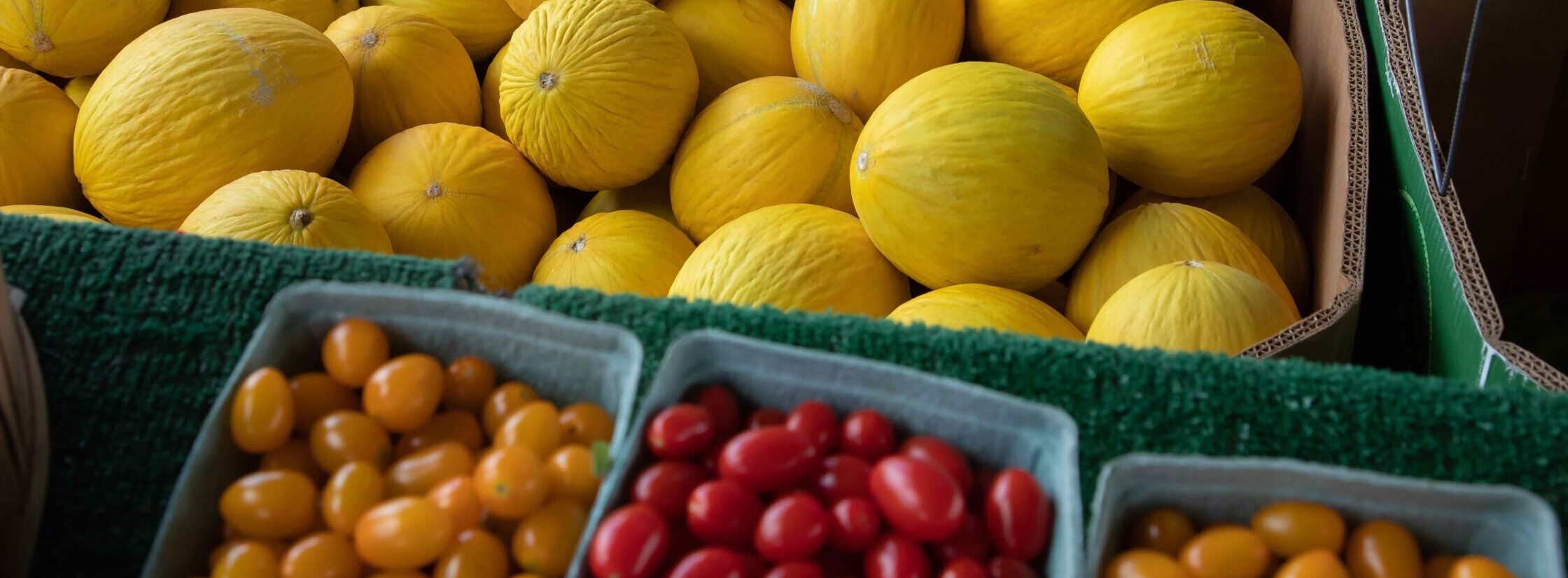When speaking to a newly elected director of a cooperative about the challenges they face, I often hear about the typical stresses of responsibility, understanding the cooperative’s financial statements, and, occasionally, comments about board meetings. Sometimes directors view board meetings as an unpleasant task that lasts longer than necessary, lacks focus, full of information without discussion, and generally, does not seem to accomplish anything meaningful. “Why,” they ask, “did I need to interrupt my busy schedule for something that could just as easily been handled with an email?” If this sounds like your experience, I suggest that you are missing out on perhaps the greatest tool your cooperative has for achieving competitive success. Here are four tips to get your cooperative’s board meetings back on track.
- Know your duty and stick to it.
- Build connections with other directors.
- Take the agenda seriously.
- Speak with one voice.
Know your duty and stick to it.
The responsibilities of a director are often summarized with the phrase, “fiduciary duties”. These duties refer to the trust cooperative members place in their directors to act in good faith on their behalf in an ethical, legal, and prudent manner to the benefit of the cooperative. Your duties as a director are to provide strategic direction, financial oversight, and to set organizational policy. The board is responsible for the hiring and compensation of only one employee, namely the general manager. Any board discussions that address specific managerial decisions, like hiring, raises, inventory, or pricing are in danger of taking the meeting off topic, distracting the board from their true responsibility, and needlessly spending time on decisions that should be left to management.
Build connections among directors.
A good board meeting thrives on properly focused discussion. However, it is common for some directors to say nothing at all during meetings. This might be due to their personality, a lack of confidence, a lack of familiarity in the topic, or even the participation of another outspoken and highly opinionated director. In any case, silence is not in the best interest of the board. One key to promoting discussion is to create connections among the directors. The psychological or emotional risk from speaking in a group setting is lessened as personal relationships and trust are strengthened. Connected directors not only ask more questions and make more comments, but they are also better listeners. Perhaps the best suggestion for building connections among your board members is to participate in a board retreat or strategic planning session.
Take your agenda seriously.
One thing that is a frustration to new directors is that meetings don’t start or end on time. To help directors be fully engaged during meetings, you must respect their time. If you find that friendly conversation (which builds connections!) is delaying the start of your meeting, try putting social time on the agenda prior to the start of the meeting. Then, start on time. Some other things to consider – are directors invited to add to the agenda? Do directors see the agenda in the days prior to the meeting? Are times listed on your agenda? If your meeting is going long, do you suggest tabling discussions for the next time, or with group consensus, extend the meeting? The agenda is the best tool for keeping the board on schedule and focused. A proper agenda is set by the board with the help of management.
Speak with one voice.
Some boards that I work with proudly claim they have complete unity on all decisions. These same board members will also freely admit that they have plenty of disagreements during board meetings. When handled with respect and conscious conduct, disagreements and debates are a healthy part of the board decision process. Not all items require a unanimous vote, but they do require unity once a decision has been properly made. When board members leave the meeting and need to converse with members or the public, references should be about what “the board” decided. Confidentiality is required for board unity. Directors who share board conversations outside the board room or openly criticize board decisions undermine the trust of their fellow board members and destroy open conversation during board meetings.
What has been described here is a board culture that is conducive to conversation, respect, inclusion, trust, and overall better decision making. Meetings in such a culture will be more productive and leave directors feeling energized, not deflated. Your board chair plays a critical role in leading the board in these efforts.
Park, John. “4 Tips for Better Board Meetings.” Southern Ag Today 3(16.5). April 21, 2023. Permalink
Photo by Pixabay: https://www.pexels.com/photo/white-wooden-table-with-chairs-set-416320/







